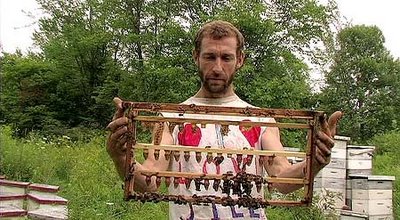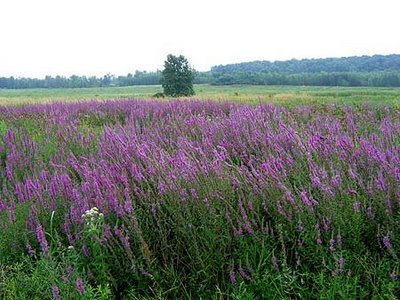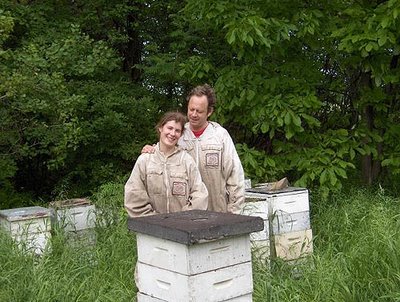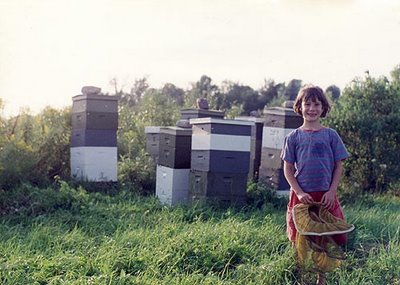seeing interdependence of nature and people
The gathering of elderberries will continue for several weeks as the luscious umbels of purple berries ripen at a different pace throughout the fields.
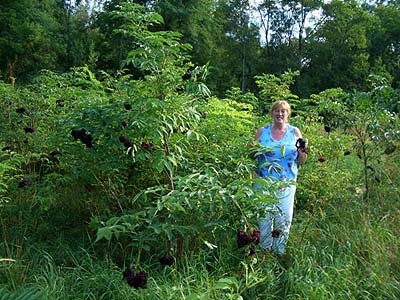
Walking through the plants we can see that the deer have been here and left their mark. There are chunks missing from leaves on one side of the land.
After growing for three years, these elderberry are able to weather the grazing of the deer. Now that they are seven feet tall, there is a natural pruning taking place each season. The deer jump over the fence wires, no longer electrified as the charger and battery have been taken to a bee yard along a bear highway where it is needed.
When the elderberry are younger, being a meal to a deer means a passing in life. Now there is a balance in nature here, a dynamic equilibrium of the wild.
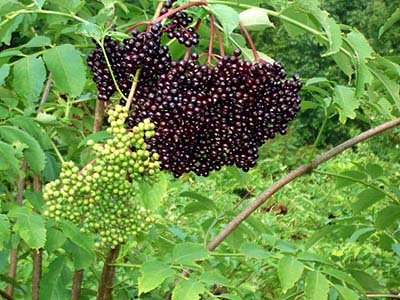
for plant medicine, jam, wine, or a coloring agent
We see the interdependence of nature and people everyday. This web is delicate, and yet it is so strong. There is enough here to feed the 4 legged deer and the 2 legged people. In the flexibility of life, all are provided for, all is interdependent.
thank you for your interest in and support of plant medicine,
